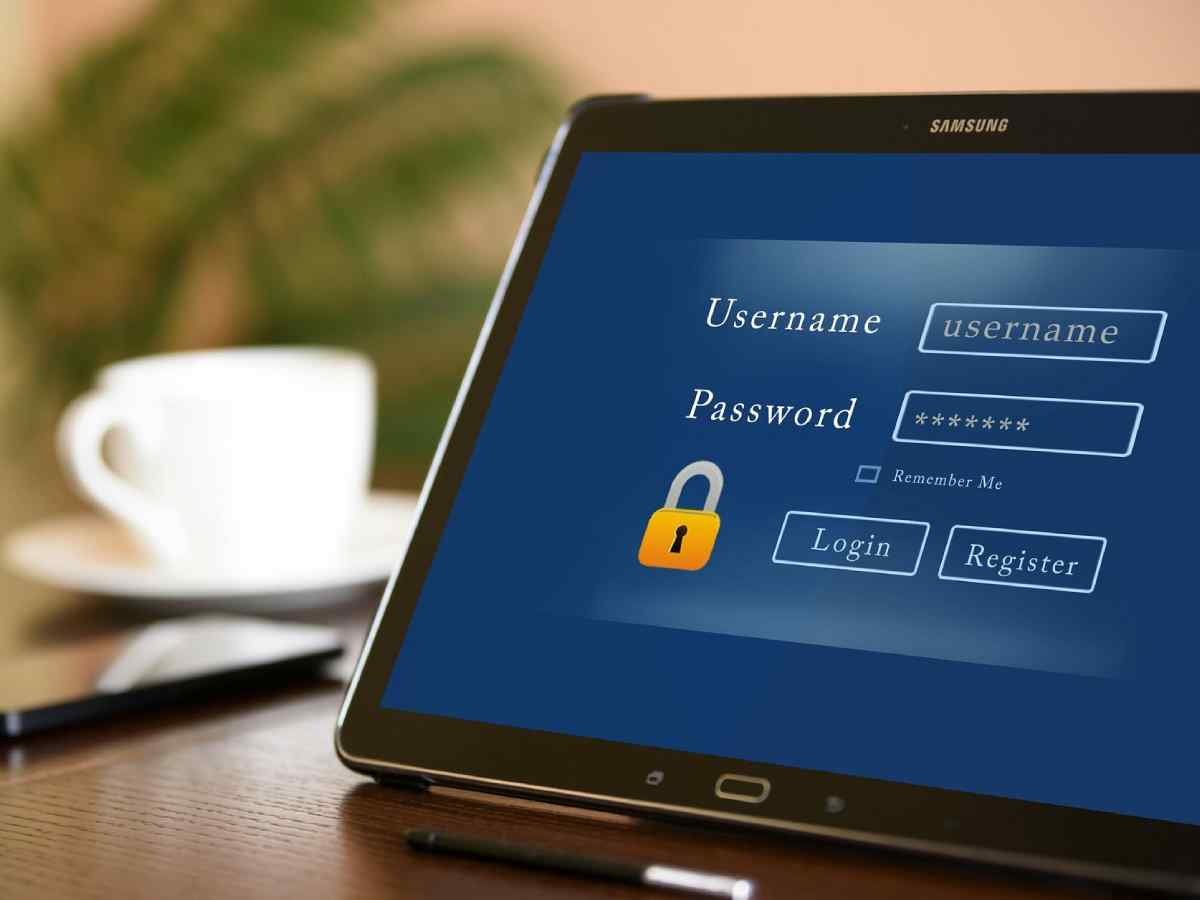Lately, a new rise in the number of fraudulent software (also known as “malware“) allowing theft of passwords has prompted cybersecurity analysts to sound the alarm, warning users against identity theft, especially for companies that lack the necessary protections. Malware does not operate the same way as raw threats: users infected with these password-stealing malware will have their new codes hacked, even after changing them. Administrators can take several steps to stop this, but users should also be aware that cybercriminals can infiltrate their computers and steal their passwords discreetly.
Table of Contents
Password-Stealing Malware Is Hard To Eradicate
During a brute force attack, automatic identification attempts on an application end up finding a vulnerable account. By using dictionary lists, cybercriminals can effortlessly perform thousands of login attempts on accounts that the system neither detects nor prevents. On the other hand, malware operates directly on the user’s computer and can roam the network for months undetected.
Malicious software operating on a computer can steal any data entered by the user, whether on a web page, on a company server or even an email. As soon as the user enters the information on the computer, the malware detects it and sends it to the network controlled by the cyber-hacker. Typically, the malware collects account IDs and associated passwords, but keyloggers (or “keyboard spies”) record every keystroke and trace it back to the cybercriminal, along with the type of app the user is using. Used the password.
Password theft is not the only danger caused by malware: it can also automatically download ransomware, rootkits, viruses and other malicious items to the infected computer. Sophisticated malware is difficult to detect, and it can take administrators months to identify.
Identity Theft Makes Businesses Vulnerable To Data Leaks
Cybercriminals can collect thousands of user IDs and their passwords through malware, gaining access to the corporate network. With a list of credentials, they can launch an automatic login attack on your network. Bulk retries allow them to check which accounts are active; they have to compromise them to reach your company’s network and exfiltrate all the data they want directly from the system.
Without the protection of a robust cyber security system, a hacker can infiltrate any networked system. Most companies have a remote connection outside their walls, leaving an opening for cybercriminals.
Any cloud-based system is susceptible to cybercriminal attacks, including password and identity theft. A business should always have cyber security protection that can detect and stop multiple login attempts. There are also several methods to protect against password theft and phishing.
Protect Computer Systems Against Malware.
Most password-stealing malware consists of several components: an installation process and a method to steal data from the user’s computer. Once it has collected enough data, the malware sends it to a server controlled by the cyber-hacker, which is accessible to anyone who connects to it.
Antiviruses are essential in cybersecurity for both personal and business computers. They are part of the elements required for compliance; each company should have an operational antivirus, updated each time the developer produces an improvement so that each new malware is immediately detected before it infects the computer.
Mail filters are also necessary to prevent malware from installing on a computer via email. Phishing is the first of the strategies used by cybercriminals to convince the user to install malware on their computer. The best email filters detect corrupt attachments and links to fraudulent websites; they then quarantine them to be examined later. This technology stops most email hacking attempts.
Two-factor authentication does not prevent malware from infecting a computer, but it prevents the cybercriminal from stealing credentials after compromising the system and stealing data. Administrators can then set up a login system allowing the detection of multiple login attempts and repeated failures to know whether or not a user has been the victim of identity theft.
Staying Alert: The Best Defense Against Malware
Whether password-stealing malware or data-stealing malicious software, the best defence is vigilance followed by action: equip yourself with an email cyber-security system that prevents malware from reaching your inboxes, including antivirus and other reasons. Once the malware has taken root in a system, it can be challenging to get rid of. Staying alert will help prevent most of this malware from compromising your business and productivity.

